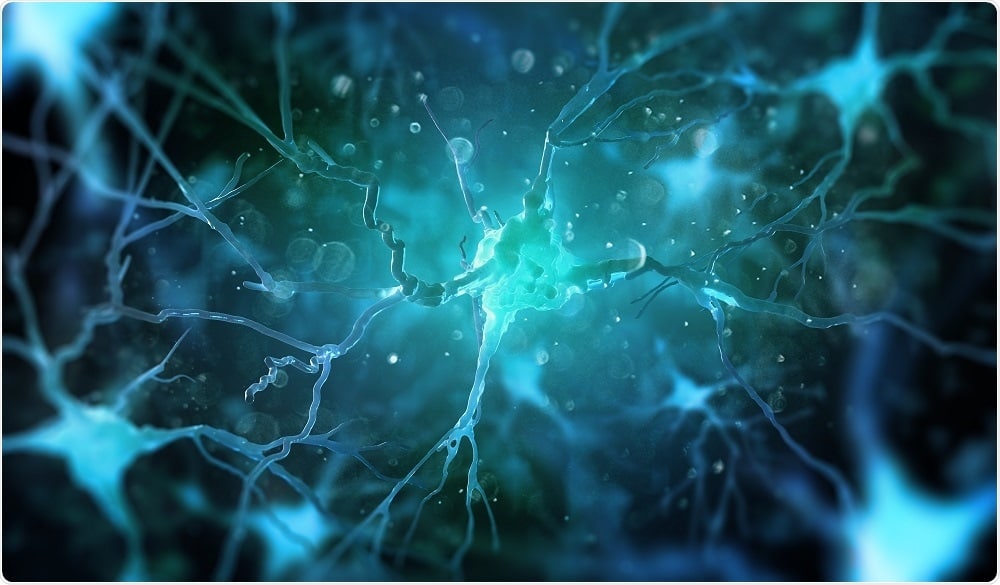Upwards of 5 million Americans are estimated to have Alzheimer’s disease which is the most common form of dementia. This is a brain disorder which currently is irreversible and gradually worsens to destroy memory and thinking skills. Currently available treatments work to slow memory loss, but there is no known cure, yet. Evidence suggests that exercise may reduce the risk of cognitive decline during aging and help to decrease the risks of developing dementia, but human studies have yielded mixed results.
Harvard Medical School researchers set out to investigate whether spurring growth of new hippocampus neurons could lessen memory problems in animal models of the disease. Mice were engineered to develop an early aggressive form of Alzheimer’s disease. The animals were injected with a compound known to boost survival of progenitor cells and a gene therapy that enhances proliferation of progenitor cells. The 2 treatments were observed to promote growth of nerve cells in the mice, but the animals were not any better at mazes that test memory.
To assess the effects of exercise untreated mice given access to an exercise wheel, and were observed to have had new growth of nerve cells and performed better in memory testing; and plaques and several proteins linked to AD such as BDNF improved in these mice.
To assess the effects of combining progenitor cell treatments with BDNF promotion, the combination was observed to promote nerve cell growth and improve memory, however it had these effects without affecting plaques and other markers of disease.
Blocking growth of new nerve cells in the hippocampus using various methods worsened memory and reduced BDNF, suggesting the absence of new hippocampal neurons may have a role in AD.
The findings suggest that it is not enough to turn on birth of new nerve cells, the area in which they are being born into must simultaneously be cleaned up to make sure the new cells can survive and thrive; exercise can help achieve that goal in which the researchers suggest they have found ways of mimicking those beneficial cognitive effects via application of drugs and gene therapy that simultaneously turn in neurogenesis and BDNF production.
Additional studies are needed to determine whether the findings can extend beyond mouse models of Alzheimer’s disease, and if they can prove to be relevant to human disease that may lead to new paths for treatments to prevent and/or treat dementia.




